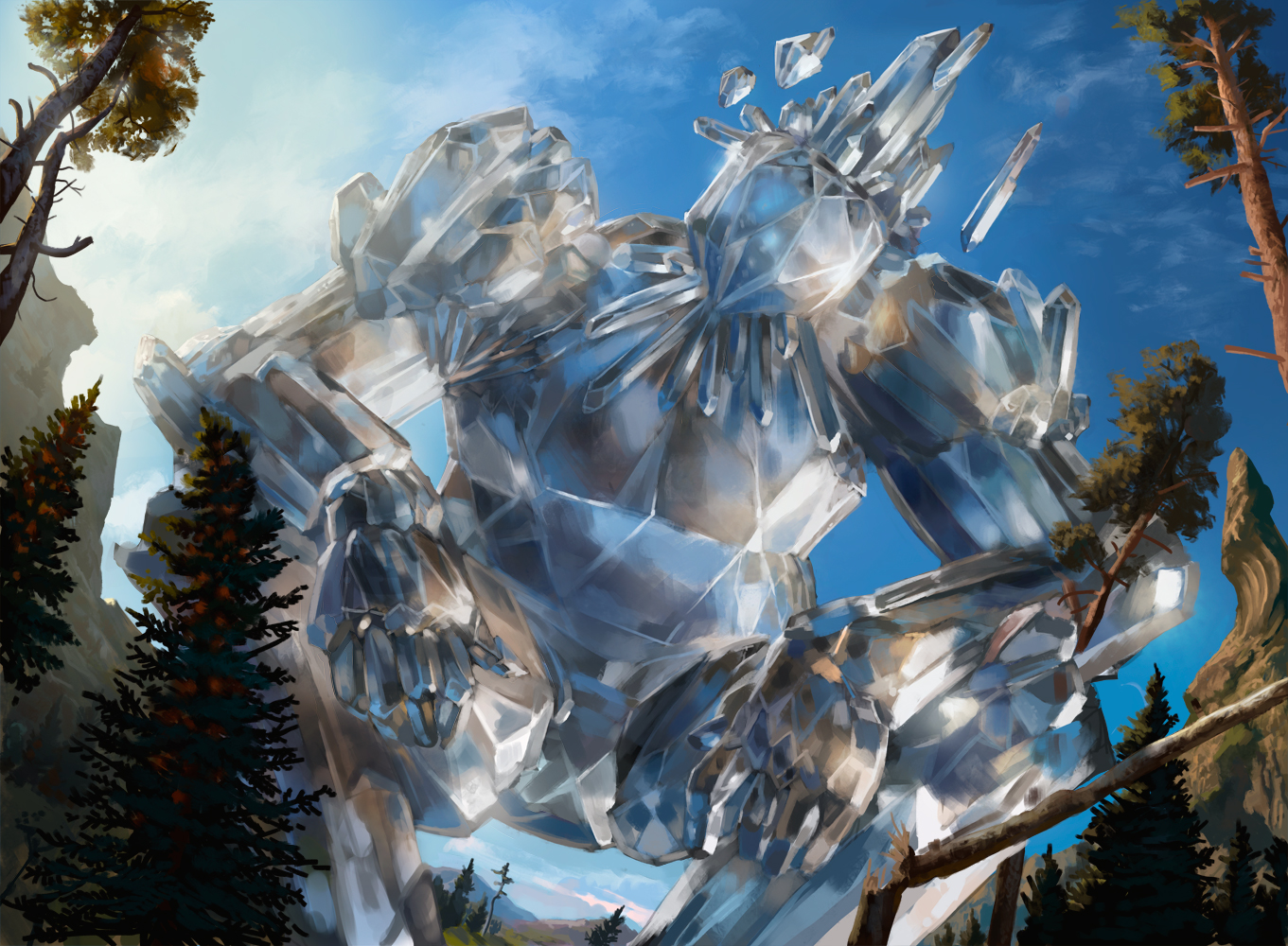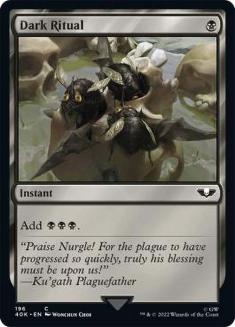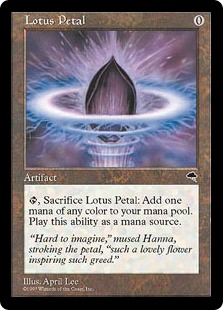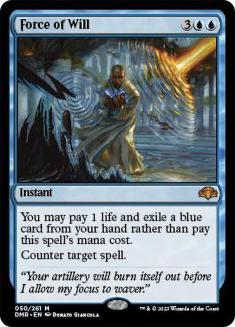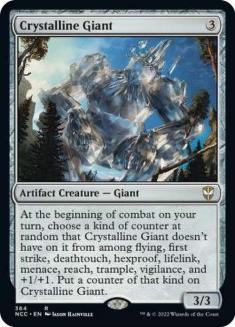Hello, and welcome to this edition of Sullivan’s Satchel. Just prior to writing this I went 5-0/10-1 in a Modern League with Izzet Prowess, losing Game 2 of the fifth round. This has left me in such an agitated, apoplectic state that whatever I was going to introduce the column with has been forgotten and derailed, and so if it’s all the same I’d like to get to the questions.
As always, you can send in yours to [email protected] or DM me on Twitter @BasicMountain. They get answered as they do, and the best question gets designated as the Question of the Week, answered last in an effort to build drama and suspense, and its author receives $25 in SCG credit. I recently purchased the last bits of my Prowess deck (4 Dragon’s Rage Channelers, a Spell Pierce, Cleansing Wildfire, and Bedlam Reveler) from SCG for less than that, including shipping, so $25 can go a long way. Not as long as it used to, because I purchased my Dragon’s Rage Channelers the minute they went up on the website and now they are about double the price, but you can’t aspire to my fiduciary expertise in general and this time is no different.
With that, from Brian Coval:
I very much appreciate you saying “…that such a claim isn’t useful” since it saves me the time of saying it myself. I’m not sure why such a statement would inform what should or shouldn’t be banned, other than being an intellectually dishonest method of a Storm advocate complaining about the state of Legacy. Why does that matter at all?
I’m not sure if there’s a universally understood definition inside of R&D, but I think most designers would give an answer similar to the one I’m about to give — a “free spell” is something with an alternate cost or condition that circumvents the mana cost listed on the card. Daze is a free spell, as is Bounty of the Hunt. Lotus Petal, Mox Pearl, and Fountain of Youth aren’t “free spells”; they’re zero-mana spells. Granted, this definition is a little muddy when it comes to Lotus Bloom or Ancestral Vision, and something like Elvish Spirit Guide is weird, but hopefully it’s clear enough in most cases.
Dark Ritual is not a free spell. It literally costs one black mana. Sometimes you don’t have that. Sometimes you put Dark Ritual on the stack and it gets countered, and you actually have less mana than when you started. The fact that it happens to make mana doesn’t make it “free,” the same way that Brainstorm isn’t “free” card drawing.
On format identity, the “Delver”-style decks have played free spells from the beginning of the format. Even decks like Goblins have tapped into that space. The notion that Storm’s definition should mean “a monopoly on free stuff” and not playing with fast mana, trying to combo out ASAP, etc. is at odds with how the format has existed for over a decade, and that doesn’t change just because some of the “free” reactive cards have gotten more powerful or more represented.
From Matt:
It depends on how we’re defining “best.” I think one could make the case that Ben Wallace was the best player on the 2004 Pistons title team, so the ceiling for that “kind of player” (I’m assuming we mean, in essence, someone whose primary value comes from things other than scoring), so under the right circumstances I don’t see why you couldn’t win a title that way. It does put pressure on other parts of the roster, and the Pistons had a ton of shooting around Wallace, by the standards of 2004 at least.
I think Draymond has clearly lost a step, and even with his playmaking abilities and just general genius-level basketball IQ (in my opinion the second-smartest player in the league, after LeBron), his unwillingness or inability to shoot has cramped even the Warriors at times. But 2015 Green could have been the foundation of a title team, I think, even with less shooting than what Curry and Thompson provided. If that meets the criteria of “best player,” I’m not really sure.
“Best player” and “most important player” are two different things, and there are limitations to having one player just shoot out of isolation over and over again, even if the shooter is someone as good as Curry or Dame. Someone who can push the pace, rebound, defend all five positions, and make plays at an elite level can raise the bar of everyone around them (both getting them into their spots and masking their weaknesses), even if their skill set isn’t what you’d typically start with for building a title contender.
I think replacing Green with an objectively “better” forward with more conventional skills would have made the Warriors title teams materially worse. Context matters so much here, but even with the emphasis on shooting in today’s NBA I think you could construct a championship roster in which someone like Peak Draymond Green was the best player. I’d argue Giannis is closer to Green than someone like Durant, for whatever that’s worth.
From Michael Segal:
I’m back again after winning 25 dollars of SCG monopoly money, and I hope this question is good enough to secure back to back handouts (Ragavans are not cheap).
You are one of the few people in Magic who is both a designer and a commentator. There is a particular card that strikes me as an interesting entry into Magic for reasons related to both design and coverage: Crystalline Giant from Ikoria: Lair of Behemoths.
As far as design goes, this card signals to me that they have begun designing cards for online play, specifically Arena. This looks more like a custom Hearthstone card rather than a Magic card. Randomly assigned permanent keywords. In paper Magic, I almost can’t even fathom how to track and assign the keywords randomly as the game progresses. A ten sided dice? A piece of paper with a grocery list of keywords on it?
As far as coverage goes, this would be a very difficult card to follow as a viewer in the world of paper Magic. I imagine the floor judge would have to be quick to relay to the commentators what ability was rolled for the turn, and then the production team might have to put up an overlay that has the keywords listed next to it? What if multiple were in play? And what if one of them was the Mecha-Godzilla promotional version?! Would there be Crystalline Giant dice similar to the Tarmodice?
Anyhow, I want to know your thoughts on cards like this. Should they design cards with Arena in mind even at the cost of making cards that are confusing to play with in tabletop? Do you think cards should be designed with coverage in mind? Or am I just overthinking this? Let me know your thoughts!
This is a thoughtful set of questions, and really speaks to the challenge of making a game that’s supposed to be fun and easy to track in both paper and digital. No small task, since the platforms adhere to entirely different principles regarding design.
As far as Crystalline Giant goes, it may be a bridge too far, even in digital. I’m not sure. In its defense, it appears in a set where “keyword tokens” are already a thing, so the architecture is already there to help with the card. Maybe that isn’t enough, but it’s at least something. Maybe more importantly, the card is rare, and not particularly powerful. Hopefully that keeps it out of Constructed, and at low frequency maybe it’s more “novel” than “obnoxious” in Limited. I don’t mean to hand-wave the very serious tracking and logistical burdens the card engenders; maybe you just aren’t supposed to do this at all regardless of the rate. But if you don’t consider it a non-starter there’s some wisdom in the execution.
One of the biggest longstanding critiques I’ve had of tournament Magic is how live the graveyard is as a zone. It’s a tracking nightmare, has all sorts of play pattern and balance issues, and makes the game very hard to play and especially watch, and this is true of both paper and digital. I think Tarmogoyf is way more burdensome for these considerations than the Giant. Much of that is rate, but some of that is the ambiguity of the graveyard, the stats of the card changing at weird and undeclared times, etc.
In general, I think Arena should absolutely inform Magic design. I know it does; I’ve been in meetings where cards have been changed (or proposed to be changed) to reduce clicks or priority checks when a player will be unlikely to take a game action. But I think a mindfulness about that, and of how this weaves into coverage and viewership, has much more to do with adhering to good principles in general than if you decide to do a Crystalline Giant once a year or so.
Lastly, the Question of the Week and winner of $25 in SCG credit, from Bloodbraid:
Joke question – What is the worst thing you’ve seen someone eat before a tournament.
To the first question, if anything it has made me something of a “data centrist,” if that makes sense. There’s so much noise in a given Magic tournament — the quality of the pilot, the game being pretty random in the first place, the data set being relatively small in the first place — that you need to draw from a massive sample to be able to extrapolate anything meaningful.
Even then, there are hazards. You can aggregate the data out all you want, but at the end of the day the best .01% of players are playing an entirely different game from everyone else, and their intuitions about what the best decks or cards are should carry more weight than sampling the 80% percentile of Arena players, or whatever. The data is useful and can clarify uncertainty, even cause you to change your opinion if the numbers are powerful enough, but there’s no substitute for getting your fingers into the soil with the best. Put another way, if you ask me to pick the “best deck” by poring through spreadsheets or talking to Paulo for an hour, I’m talking to Paulo every time.
To the joke question, a gas station hot dog purchased outside of Harrisburg, Pennsylvania. Still haunts me over twenty years later.

